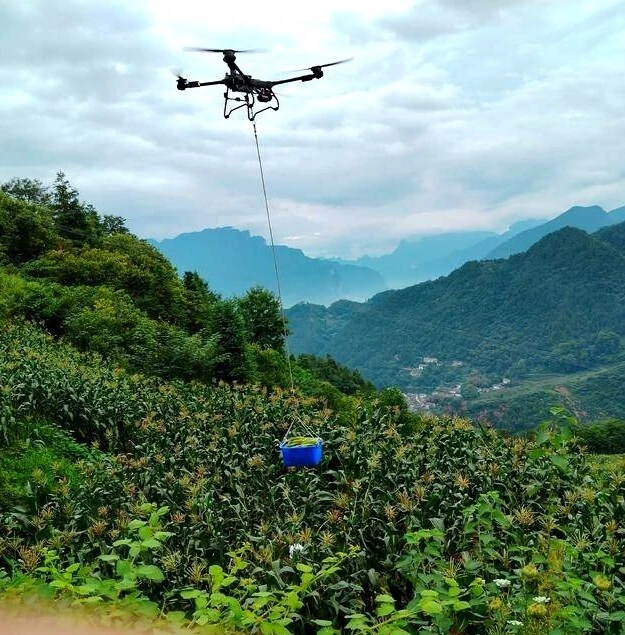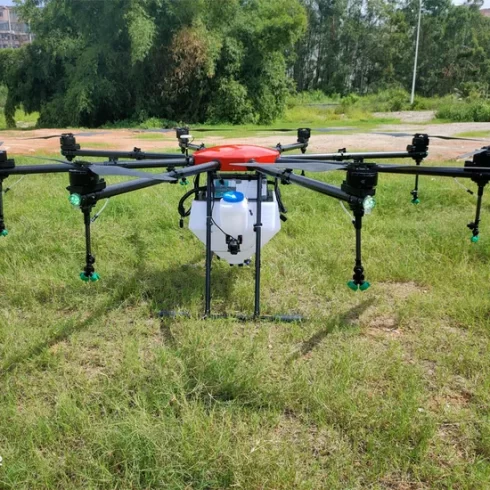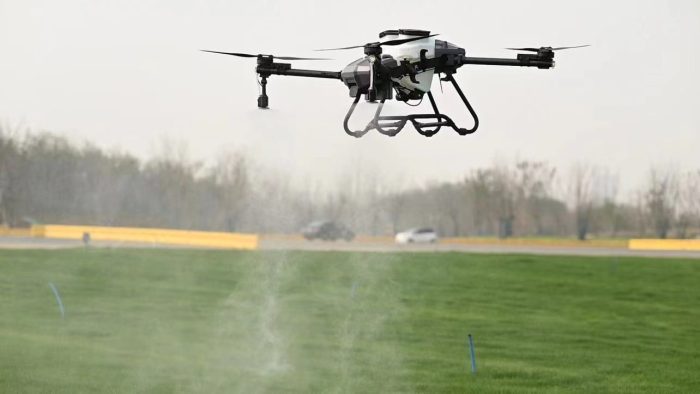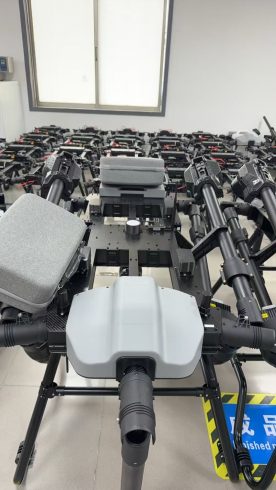
The logistics industry is witnessing a seismic transformation as autonomous drones evolve from experimental gadgets to indispensable tools for global cargo transport. These intelligent unmanned aerial vehicles (UAVs) are not just enhancing speed and efficiency—they’re reshaping supply chains, reducing carbon footprints, and bridging accessibility gaps in ways previously unimaginable. This article unpacks the cutting-edge innovations, real-world applications, and challenges driving the drone freight revolution.
—
The Technology Behind Autonomous Drone Freight
Modern drone logistics systems rely on a synergy of breakthrough technologies to enable safe, scalable, and eco-friendly cargo transport:
1. AI-Powered Navigation & Obstacle Avoidance
– Multi-Sensor Fusion: Drones integrate GPS, LiDAR, and thermal imaging to map 3D environments, avoiding obstacles like power lines, birds, and other aircraft.
– Predictive Weather Algorithms: Machine learning models analyze real-time meteorological data to reroute flights during storms or turbulence, ensuring reliability in unpredictable conditions.
2. Modular Payload Systems
– Adaptive Containers: Drones use magnetic or robotic attachments to handle diverse cargo types—from fragile medical supplies to heavy machinery.
– Cold Chain Innovations: Phase-change gel packs and vacuum-insulated pods maintain temperatures from -20°C to 40°C, critical for pharmaceuticals and perishables.
3. Swarm Intelligence & Fleet Management
– Collaborative Routing: AI algorithms coordinate fleets of drones to optimize delivery routes, avoiding congestion and minimizing energy consumption.
– Self-Healing Networks: If a drone fails mid-flight, others autonomously redistribute payloads, ensuring delivery continuity.
—
Transformative Applications Across Industries
1. Humanitarian Aid & Disaster Response
– Conflict Zones: In Ukraine and Sudan, drones deliver food, water, and medical kits to war-torn areas inaccessible by road. A 2023 Red Cross pilot reduced aid delivery times by 70% in crisis zones.
– Pandemic Support: During COVID-19 outbreaks, drones transported test samples and vaccines to remote regions, bypassing overwhelmed healthcare systems.
2. Urban Last-Mile Revolution
– Megacity Efficiency: In Jakarta and Lagos, drones deliver e-commerce packages in 15–20 minutes, sidestepping gridlocked streets. Companies like Zipline report a 90% reduction in fuel costs compared to traditional logistics.
– Smart City Integration: Barcelona’s “Drone Corridors” use 5G-enabled drones for waste management and infrastructure inspections, cutting municipal costs by 30%.
3. Industrial & Commercial Use Cases
– Offshore Energy: Drones service offshore wind farms and oil rigs, delivering spare parts to platforms 50+ miles offshore. Shell’s drone program cut maintenance downtime by 40%.
– Construction Logistics: In Dubai’s smart city projects, drones transport steel beams and concrete mixes to skyscrapers under construction, reducing crane dependency.
—
Challenges and Cutting-Edge Solutions
Regulatory and Safety Hurdles
– Airspace Fragmentation: Conflicting national regulations delay drone adoption. The FAA’s Remote ID mandate and EU’s U-Space framework aim to harmonize global rules.
– Collision Avoidance: Quadcopters now feature redundant flight controllers and AI-driven “swarm intelligence” to navigate crowded airspace.
Technical Limitations
– Battery Longevity: Solid-state batteries and hydrogen fuel cells are extending flight times to 6+ hours. Airbus’ H160 drone recently completed a 4-hour commercial delivery test.
– Payload Limits: Carbon-fiber exoskeletons and origami-inspired folding designs allow drones to carry 100+ kg payloads while maintaining portability.
Ethical and Public Concerns
– Privacy Preservation: Geofencing tools restrict drones to designated corridors, while “privacy shields” blur camera footage over residential areas.
– Job Displacement: Upskilling programs retrain logistics workers for drone fleet management and AI maintenance roles, mitigating workforce disruption.
—
The Future: Trends Shaping Autonomous Drone Freight
1. Hyperlocal Delivery Networks
– Urban “drone hubs” will act as micro-distribution centers, enabling same-day delivery for hypermarkets and pharmacies. Walmart’s 2024 drone rollout plans to serve 10 million U.S. households.
2. Sustainable Energy Integration
– Solar-powered drones with perovskite solar cells can recharge mid-flight, while biodegradable packaging materials eliminate waste.
3. Quantum Computing Optimization
– Quantum algorithms will predict global shipping demand fluctuations, enabling preemptive drone fleet deployment during holiday peaks or climate-driven disruptions.
4. Cross-Border Regulatory Frameworks
– The World Economic Forum’s “Drone Accord” proposes standardized certifications and liability frameworks, accelerating global adoption.
—
Market Growth and Economic Impact
The autonomous drone freight market is projected to surge to $18.7 billion by 2032, driven by:
– E-Commerce Growth: 40% of global drone deliveries will be e-commerce-related by 2030.
– Climate Resilience: Governments invest $50+ billion in drone networks to counter supply chain fragility from climate change.
– Labor Economics: Drone fleets address a $600 billion global logistics labor shortage by automating 35% of repetitive tasks.
—
Conclusion
Autonomous drones are not merely tools—they’re catalysts for a paradigm shift in global logistics. By conquering last-mile inefficiencies, slashing emissions, and democratizing access to critical resources, drones are unlocking unprecedented opportunities for commerce and humanitarian aid. While challenges like regulatory fragmentation and public trust persist, advancements in AI, energy storage, and cross-sector collaboration are propelling this technology into the mainstream. Businesses that embrace drone freight today will dominate tomorrow’s logistics landscape, redefining speed, sustainability, and scalability in an interconnected world.










暂无评论内容